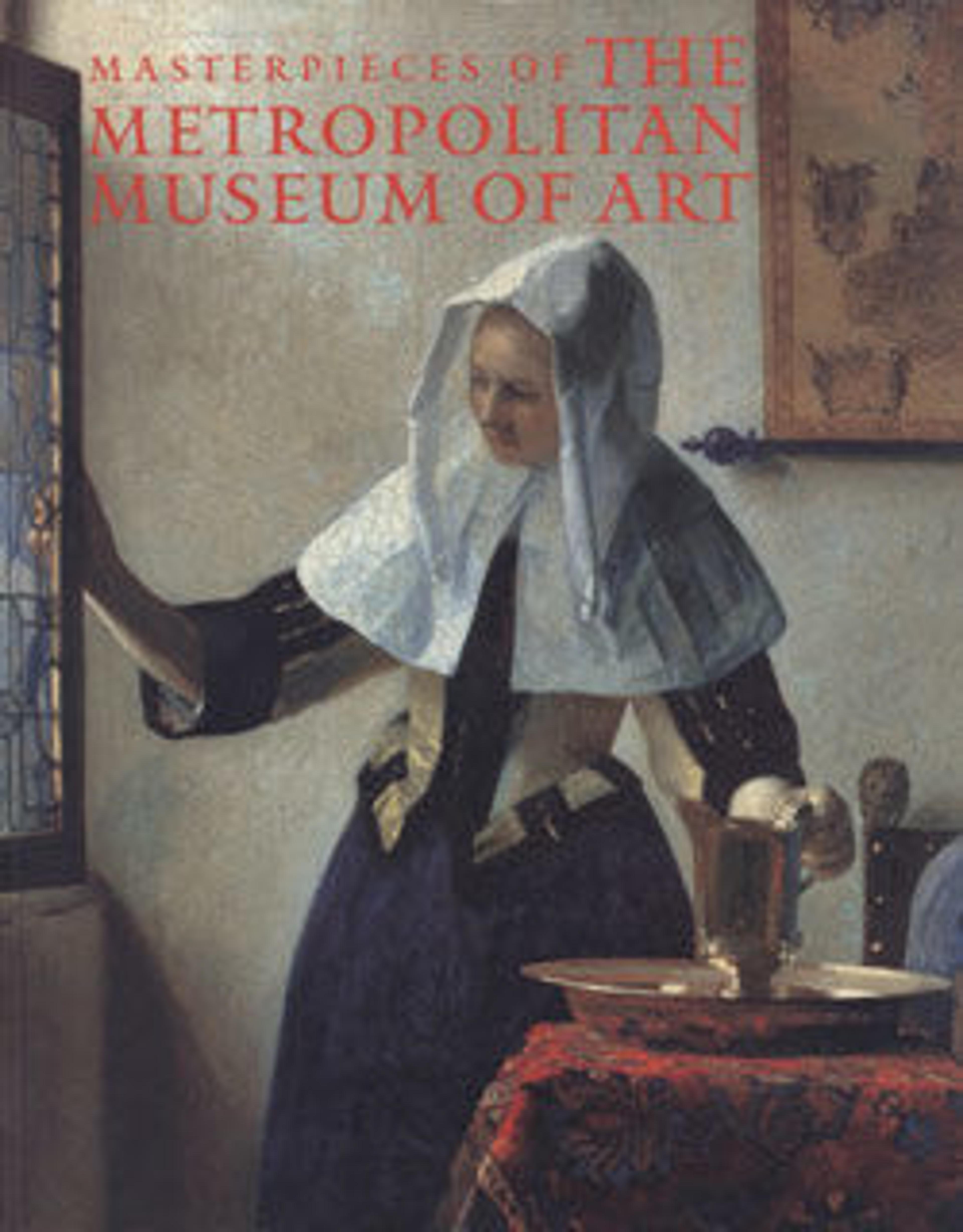"MR" Armchair
The architect and designer Ludwig Mies van der Rohe is one of the best-known exponents of International Style modernism. His "less-is-more" philosophy has become a catchphrase for much twentieth-century design, though a preference for luxurious and costly materials often underscores the deceptive simplicity of his elegant and refined designs. Mies van der Rohe's early architectural career in Berlin included training in the office of Bruno Paul from 1905 until 1907 and in the office of Peter Behrens from 1908 until 1911 (where his co-workers included Le Corbusier and Walter Gropius). He opened his own practice in Berlin in 1913 and soon developed a personal architectural idiom that combined the cool rationalism of the nineteenth-century German architect Karl Friederich Schinkel with the pure formalism of the International Style.
From 1926 until 1932 Mies van der Rohe was vice president of the Deutsche Werkbund, an association of designers and architects whose principal aim was the development of well-designed, mass-producible architecture and household objects by way of an alliance of art and industry. In 1927 the Werkbund presented the influential exhibition "Die Wohnung" (The Dwelling), which included the Weissenhof Siedlung (Weissenhof Housing Estate), an experimental group of model apartment buildings built in a suburb of Stuttgart. Under Mies van der Rohe's direction, a number of important architects, including Mart Stam and Marcel Breuer, collaborated on the project, designing furniture for the apartments. This graceful, elegant, and beautifully proportioned "MR" chair, developed from a 1924 design for a cantilevered chair by Mart Stam, was introduced by Mies van der Rohe at the 1927 Stuttgart exhibition and has remained in production ever since.
Mies van der Rohe was the last director of the Bauhaus design school in Dessau, from 1930 until its closing in 1932. In 1938 he left Germany for America, where he headed the architecture department at the Illinois Institute of Technology.
From 1926 until 1932 Mies van der Rohe was vice president of the Deutsche Werkbund, an association of designers and architects whose principal aim was the development of well-designed, mass-producible architecture and household objects by way of an alliance of art and industry. In 1927 the Werkbund presented the influential exhibition "Die Wohnung" (The Dwelling), which included the Weissenhof Siedlung (Weissenhof Housing Estate), an experimental group of model apartment buildings built in a suburb of Stuttgart. Under Mies van der Rohe's direction, a number of important architects, including Mart Stam and Marcel Breuer, collaborated on the project, designing furniture for the apartments. This graceful, elegant, and beautifully proportioned "MR" chair, developed from a 1924 design for a cantilevered chair by Mart Stam, was introduced by Mies van der Rohe at the 1927 Stuttgart exhibition and has remained in production ever since.
Mies van der Rohe was the last director of the Bauhaus design school in Dessau, from 1930 until its closing in 1932. In 1938 he left Germany for America, where he headed the architecture department at the Illinois Institute of Technology.
Artwork Details
- Title: "MR" Armchair
- Designer: Ludwig Mies van der Rohe (American (born Germany), Aachen 1886–1969 Chicago, Illinois)
- Designer: Lilly Reich (German, Berlin 1885–1947 Berlin)
- Date: 1927
- Medium: Tubular steel, lacquered caning
- Dimensions: 31 1/2 × 22 × 37 1/2 in., 22 lb. (80 × 55.9 × 95.3 cm, 10 kg)
- Classification: Furniture-Wood
- Credit Line: Purchase, Theodore R. Gamble Jr. Gift, in honor of his mother, Mrs. Theodore Robert Gamble, 1980
- Object Number: 1980.351
- Curatorial Department: Modern and Contemporary Art
More Artwork
Research Resources
The Met provides unparalleled resources for research and welcomes an international community of students and scholars. The Met's Open Access API is where creators and researchers can connect to the The Met collection. Open Access data and public domain images are available for unrestricted commercial and noncommercial use without permission or fee.
To request images under copyright and other restrictions, please use this Image Request form.
Feedback
We continue to research and examine historical and cultural context for objects in The Met collection. If you have comments or questions about this object record, please contact us using the form below. The Museum looks forward to receiving your comments.
